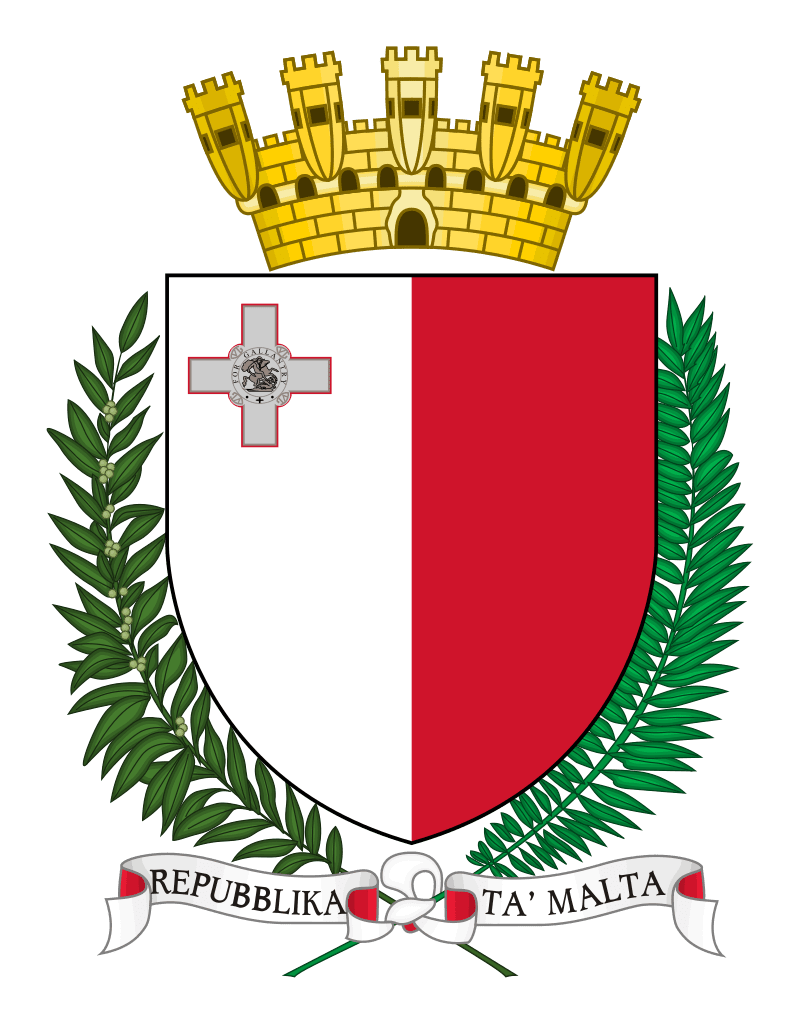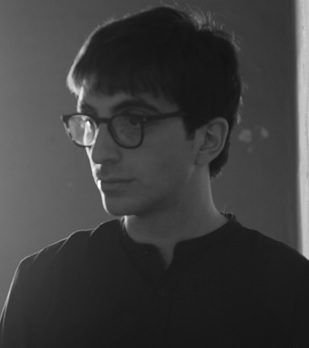maltabiennale.art 2024 seeks to suggest and manifest broad, peripheral, mythological narratives that augment the stories that have shaped Maltese culture in its Mediterranean context. The idea is to think of Malta not just as a geographic observatory, but also a cultural one. The venues chosen for the Biennale lend themselves poignantly for this scope. Imbued with their own multiple histories and shifting cultural significance, also through their emblematic architectural and spatial qualities and materiality – they offer a potent backdrop for artworks to resist, resonate with, bounce off, or simply occupy. This contributes toward a fairly singular scenario, wherein presented artworks cannot but be site-specific, since they are responding to something unique in the spatial and curatorial path. Among the strengths of this situation, is that it makes it such that hypothetically transporting the same artworks and shows to another country would arguably change their significance.
This specificity is also what fuels the thinking behind the set design. The material and aesthetic idioms explored, actively respond to the cultural signifiers that Maltese and Mediterranean life carry with them, drawing energy from prehistory to contemporary history. This is done while bearing in mind the one thing that ties Maltese history together: our geology – Globigerina and Coralline limestone, constituting all the venues to be used, from all the periods of history to this very day. The spaces are unequivocally mineral in their expression – the stone manifests in every surface needed for shelter across the millennia, and in every shape needed for praise, expression and day-to-day living. The exhibition design cannot but inhabit these situations, and tailor itself around them.
Unlike other areas of design, exhibition design has very clearly defined, time-specific goals and scope – that is, to act as an interface between presented artworks and hosting spaces, always serving the works’ needs as best understood by the curators and producers of the work. It is also a tool that can help shape a visual identity across varied spaces, in the way it asserts itself, guiding a visitor’s attention along a path. In this case, the character of expression of the setup elements will need to anchor comfortably in the peculiar thematic and spatial qualities of the Biennale. This also inherently leads to material choices that are meaningfully sustainable and/or reusable in the local industrial context. Sustainability is not envisioned as a visual cue – of things made to ‘look’ sustainable – but as a kind of sourcing and production that is mindful of contemporary local recycling and re-use practices.
This first edition biennale will seek to re-contextualise our parallel histories by evoking relationships between salient national/international artistic expression related to the set theme, and parts of our history (emblems of cultural heritage) that often tend towards a frozen static cultural significance in the collective mind. Coming across these artistic bodies of work within these venues is a poignant way of doing just that. In a way it is testament to the multitude of ways to tell one’s own story to oneself by widening the scope of one’s gaze backwards, around and forward.





